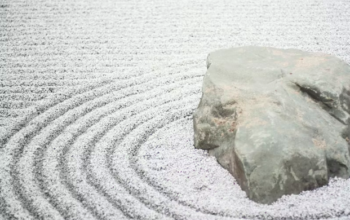Bio-retention is an important process in cleaning and retaining water in particular regions. The retention helps raise the water levels at the core. Water from this process is from storms or surface runoff. This process involves several layers of soil that help in the purification process and absorption of water. It also helps in controlling erosion. Soil is an important factor in this process. The impacts of soil in bio-retention include:
1) Proper Filtration
Storm and runoff water can flow to any direction, provided it finds a path. To retain the water in a particular location, you should make use of the bio-retention process. Through this process, the soil in the system soaks up trapped water and keeps it around for longer. This process uses different types of soils, taking advantage of their structure and permeability.
The soil is also layered depending on its particle composition for maximum infiltration. Soil with large particles allows more water to seep through than that with fine particles. The water that seeps through the soils penetrates to the ground and reaches the water core.
Water retained before complete filtration also sips to the surrounding soil. This provides water to the vegetation surrounding the system. For commercial purposes, you need quality soil for this process to work effectively. The soil should have perfect ratios for proper filtration. Various companies process soil to ensure that it meets the standards and balance required for optimal bio-retention. While looking to purchase this type of soil for this process, choose a reputable supplier since this is a highly sensitive process and could lead to great losses or pollution if not handled by professionals.
2) Absorption
The soil can absorb contents and nutrients from its surrounding. Soil used for bio-retention absorbs metals that can be found in flowing water. The metals can be collected by water along the water path. It also mixes with water forming muddy water. The soil retains the metals and protects people and animals from consuming these harmful metals. It also absorbs nutrients that are beneficial for plant growth such as phosphorus and Nitrogen. The soil helps to reduce pollution by decreasing the amount of chemicals released in water and exposed in the air through evaporation. Weather affects this process.
During cold seasons the absorption rate decreases significantly. This process can be used in places with a high heavy metal presence. For maximum filtration throughout the year, get soil that has been engineered to work in all weather conditions. The soil should be tested for quality specifications as dictated by stormwater and soil management agencies.
3) Biological Processes
The soil has both living and nonliving organisms in it. The organisms break down organic matter through biological activities to release nutrients. Plants absorb these nutrients and transfer it to animals and people who consume it. These nutrients can be accessed by transferring the soil from the system to a different location for planting. The nutrients also help in the growth of grass on the layered bioretention system. The degradation process that takes place also helps breakdown compounds that could be harmful if left in the atmosphere and reacts with other substances.
Related Posts

Loves home. I am here to provide how to make your home a much better place. 🙂 Blogging about HomeDecor, Home Improvements and more.











